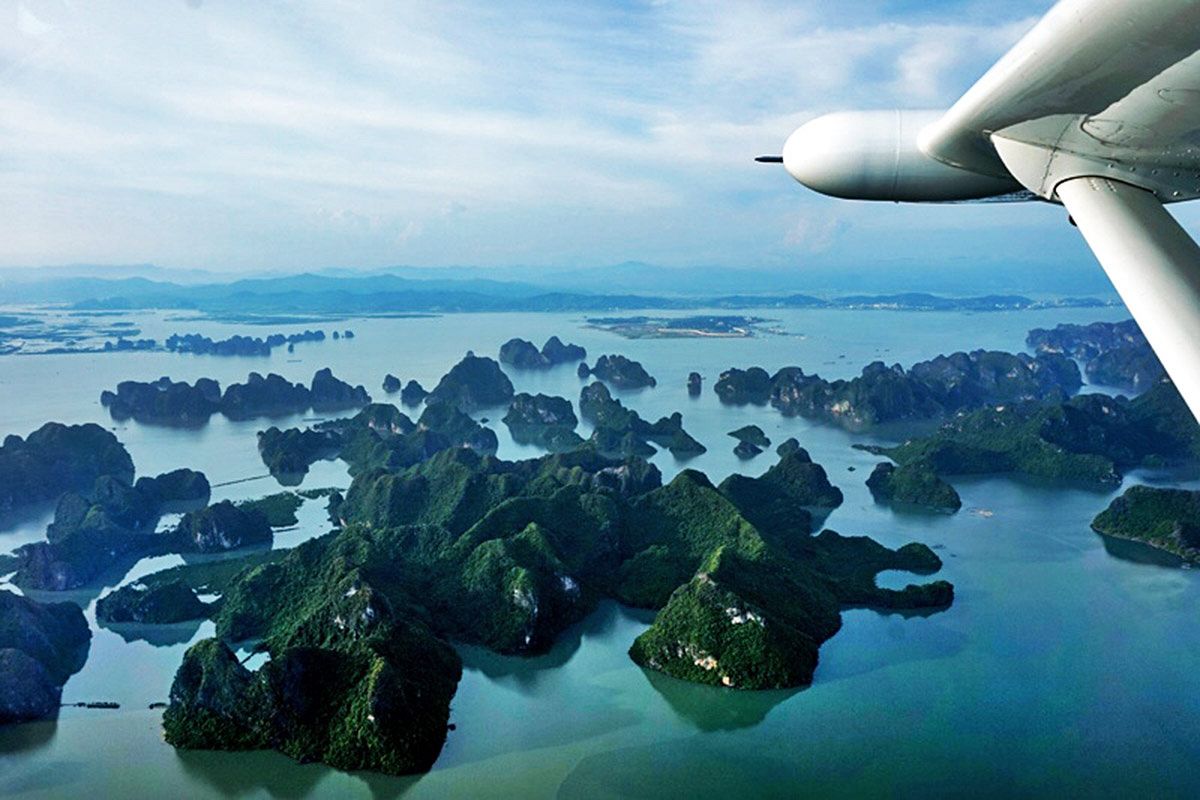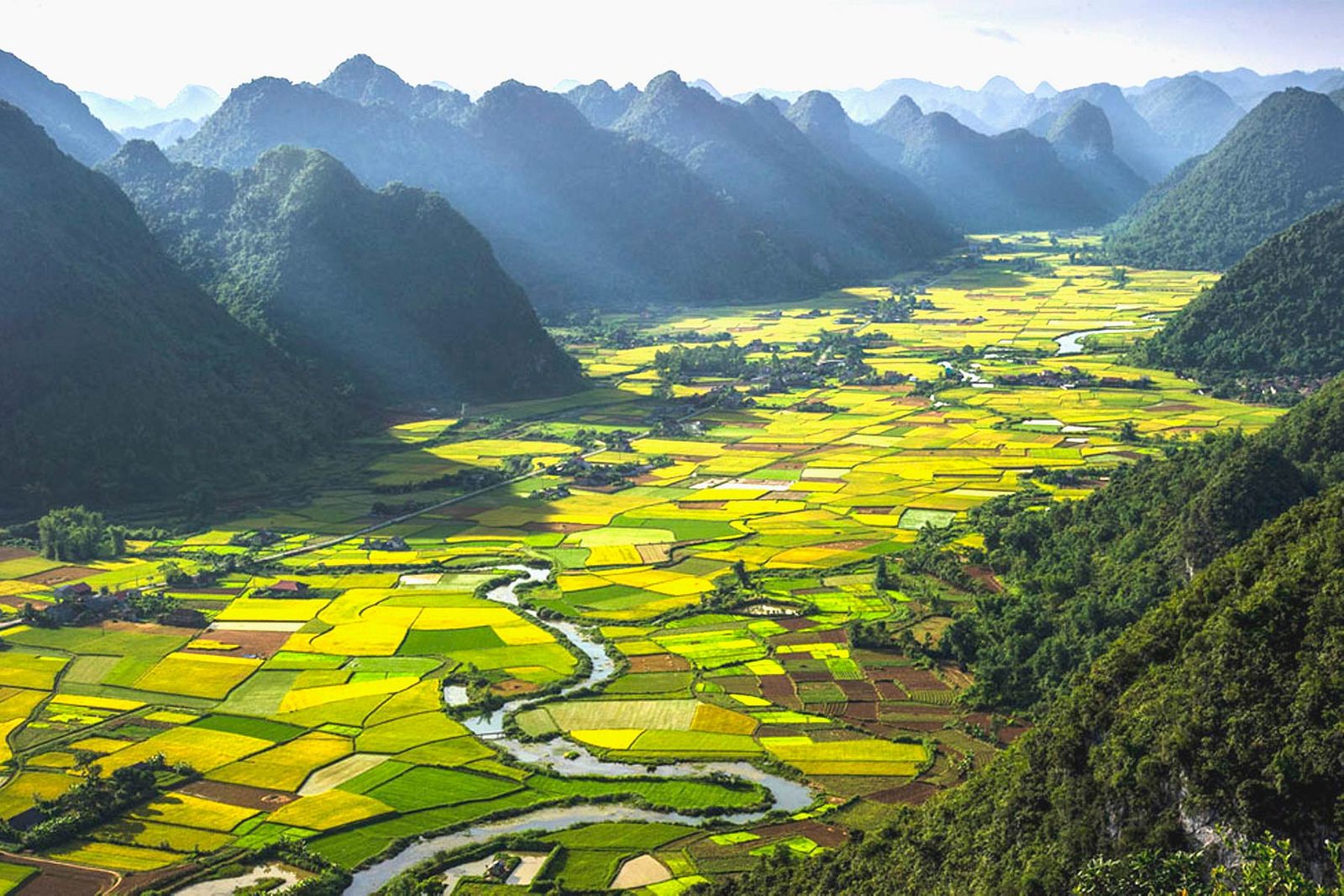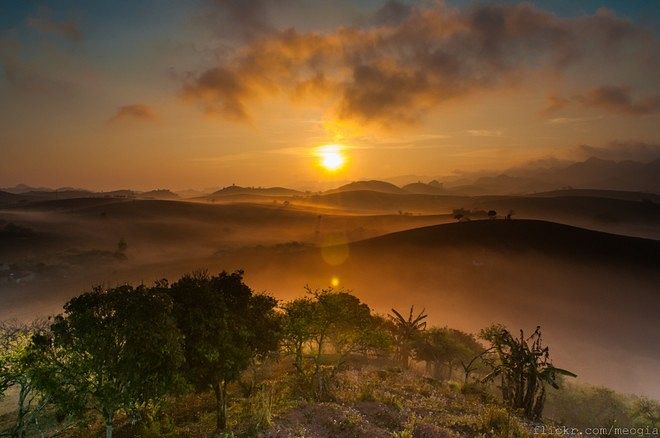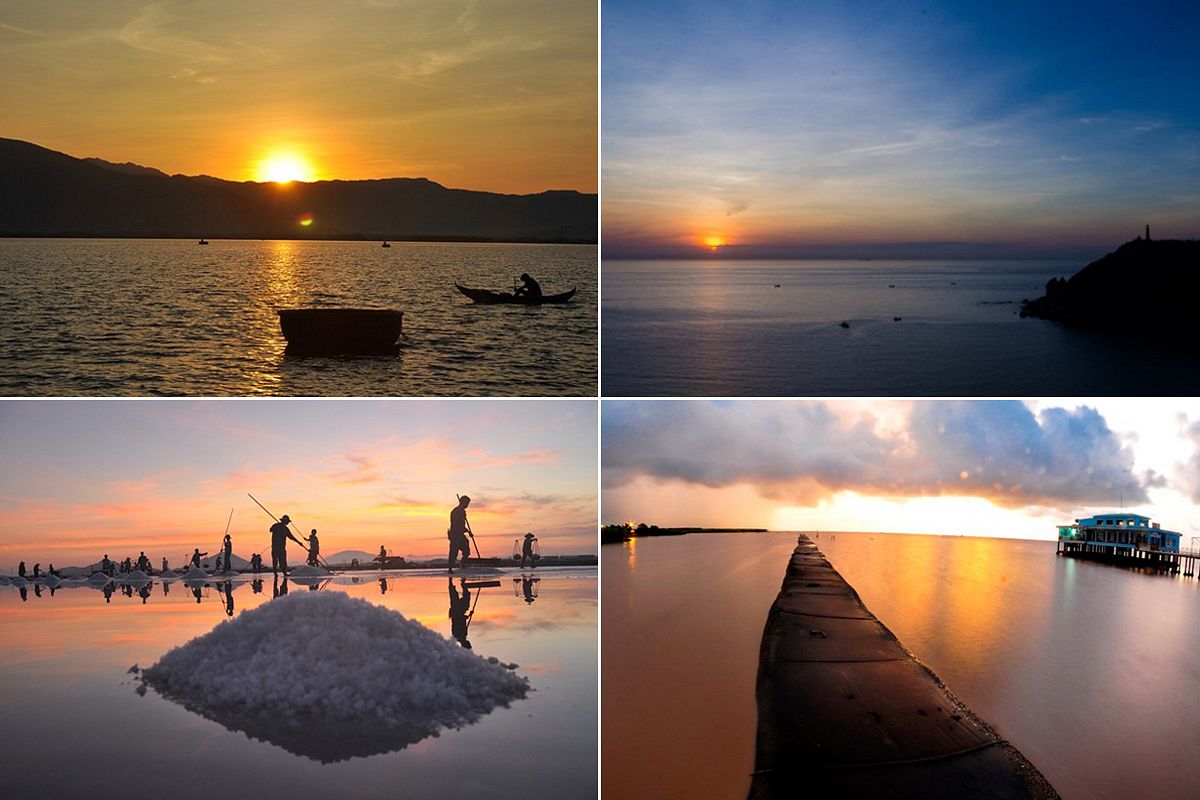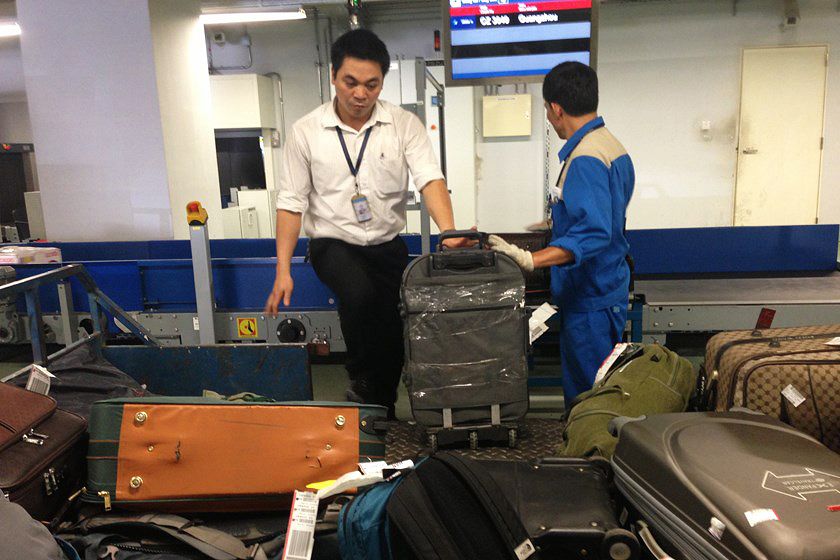Much of Vietnamese culture is based in spiritualism, dictating everything from the day one picks for their wedding to how one lives their life. These 12 spiritual sites, scattered across the country, encompass a multitude of religions and stand out for their scale and historical value.
Check out Part 1 here.
Miếu Bà Chúa Xứ (Ba Chua Xu Temple) (An Giang)

Photo by Trường Xuân
This temple, at the feet of Sam Mountain, was built over 200 years ago to worship a female statue, the goddess of the Lady of the Realm. According to a French archeologist ‘s research, however, the statue may be of the male Hindu god, Vishnu.
The statue was once located on the top of the same mountain, and at the former location lies a hole where the statue previously sat. Despite its unclear origin, the temple holds one of the most important sacred festivals for the residents of Châu Đốc Town in An Giang Province - the Bà Chúa Xứ Festival. The festival is celebrated from the 23rd to the 27th day of the fourth lunar month.
Cao Đài Temple (Tây Ninh)

Photo by Hang Duong
Located 90 kilometers from HCMC, this temple is the holy ground of Caodaism – an indigenous religion of Vietnam which combines elements of Buddhism, Taoism, Confucianism and Christian philosophies. Cao Đài Temple was built in 1955, and it remains the largest of its kind.
Bà Đen Mountain (Tây Ninh)

Photo by Wikimedia
As the highest inactive volcano in the South of Vietnam (986 meters high), Bà Đen Mountain is a famous religious and scenic site with many temples and caves covering 24 sq. km. Bà Đen Mountain can be scaled by foot, or you can take cable cars to the top.
Thiên Mụ Pagoda (Huế)

Photo by John Robert McNally
One of the symbols of the ancient Huế Citadel, and located on the silky Hương (Perfume) River, Thiên Mụ (or Linh Mụ) Pagoda is fascinating for its mythical origin that tells of a female spirit’s prophecy of the construction of the pagoda which was realized in 1601 when King Nguyễn Hoàng expanded his realm to include Huế. Thiên Mụ Pagoda is also known for the cultural value of its statues and engraved poems.
Vũng Tàu’s Statue of Jesus (Vũng Tàu)

Photo by Alexander McMillan
An iconic monument in Vũng Tàu City, construction of this statue was started in 1974 and finished in 1993 after many religious and political interventions. Once the tallest statue of Jesus in Asia (one in Indonesia eclipsed it 2007), it is 36 meters high and sits atop Nhỏ Mountain.
Thiền Viện Trúc Lâm (Lâm Đồng)

Photo by here
Located outside Dalat, Trúc Lâm Monastery, founded under the reign of the Trầns (125AD to 1400AD), is not only known for its statues, reliefs and gardens, but also its magnificent view of the valley and Tuyền Lâm Lake below. The biggest monastery in Lâm Đồng province, Trúc Lâm was built in 1994, and it is now the biggest practicing monastery of Zen Buddhism in Vietnam.


